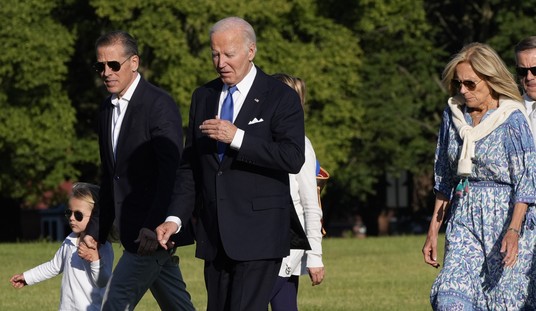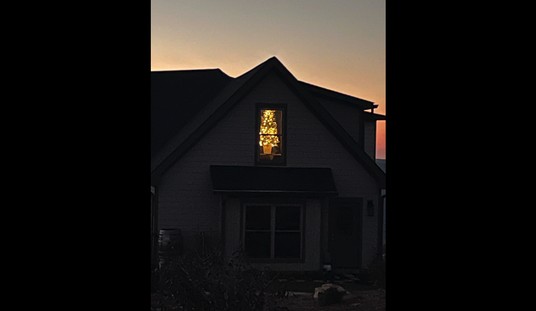I am a soccer guy. I played baseball growing up and in college, but for family and professional reasons I have been involved in soccer at all levels of management from 8-year-olds to world-class professional players for more than a decade.
I first started paying attention to the World Cup in 2006. The World Cup is an event held every four years where national teams from countries all over the world compete in a month-long tournament to determine which country’s players are best. Professional clubs who pay millions of dollars to individual players all shut down for the duration of the tournament so their best players can compete for their countries on soccer’s biggest stage. Imagine if the NFL took a break in the middle of the season and the teams’ best players all played for their countries (if it was a more international sport) — for very little pay, and with the same risk of career-ending injury — and all the NFL owners were 100% supportive? Yeah, I can’t imagine that either.
The 2022 World Cup will be played in Qatar. How it came to be that a very small county in the Middle East is hosting a 64 nation tournament is the subject of a different story — which I’m sure I will write in the months ahead.
Because it is routinely over 110 degrees during the summer days in Qatar, a decision was made to play the World Cup in the winter months, and the tournament is set to begin in November, 2022.
But the World Cup demands facilities in the form of playing and training venues that are world-class. Matches are played on natural grass, nothing artificial. The condition of the grass playing surface is close to the putting greens at the best golf courses in the world.
Qatar had a few venues that could be updated to an improved condition that would meet World Cup standards, but it needed to build several new ones. It also needed to build facilities to house fans who would attend the matches at the new venues — many times in excess of 90,000 people.
But Qatar had plenty of money to build what they needed. Qatar has the third-largest oil and natural gas reserves in the world.
So the country made a plan. Where a stadium was to be located, Qatar would build a new city around it from the ground up. The price of some of these locations exceeds $50 billion.
But Qatar doesn’t have much of a population — 2.8 million — only 320,000 of whom are native Qataris, while the remaining 2.5 million are ex-pats from other countries who live in Qatar.
Qatar doesn’t have much in the way of skilled construction workers and craftsmen necessary to develop and construct state-of-the-art stadiums to serve as venues to host 90,000 fans or more. To solve that problem, Qatar brings in workers. In addition to skilled craftsmen, Qatar brings in migrant workers to do all the more basic manual labor that goes along with constructing the kinds of facilities it needed to construct.
Seven years ago the Guardian newspaper produced a 9 minute documentary on the plight of laborers brought to Qatar from Nepal. Here is a link to the story which was published when the video was released.
That was from 2014. As noted in the story, one Nepalese migrant worker was dying every two days in the summer of 2014 — and they hadn’t even started constructing the playing venues yet.
Migrant workers had their passports taken from them upon arrival and were not paid their wages as a deterrent to keep them from running away. Workers who complained were kicked out of housing, left without food or water, without legal status in the country, and had to beg on the streets to survive.
The World Cup is now only 19 months away. Last week the Guardian newspaper ran a new story on the migrant workers who came to Qatar to build the facilities.
More than 6,500 migrant workers from India, Pakistan, Nepal, Bangladesh and Sri Lanka have died in Qatar since it won the right to host the World Cup 10 years ago, the Guardian can reveal.
The findings, compiled from government sources, mean an average of 12 migrant workers from these five south Asian nations have died each week since the night in December 2010 when the streets of Doha were filled with ecstatic crowds celebrating Qatar’s victory.
Data from India, Bangladesh, Nepal and Sri Lanka revealed there were 5,927 deaths of migrant workers in the period 2011–2020. Separately, data from Pakistan’s embassy in Qatar reported a further 824 deaths of Pakistani workers, between 2010 and 2020.
But the story then notes that the figures are likely much higher, because many migrant workers have been brought to Qatar from other countries, including Kenya and the Philippines, and those countries have not made public the total number of deaths among their nationals working in Qatar. Also, the numbers are updated only through the fall of 2020.
In addition to seven new stadiums, dozens of major projects have been completed or are under way, including a new airport, roads, public transport systems, hotels and a new city, which will host the World Cup final.
Many of the dead paid recruiters — or still have debts owed to recruiters — who helped them in securing employment and travel to Qatar to work on the construction projects.
While many deaths are related to industrial accidents which have happened on various projects, it is likely that the primary cause of death is completely preventable.
But among the causes, the most common by far is so-called “natural deaths”, often attributed to acute heart or respiratory failure.
Based on the data obtained by the Guardian, 69% of deaths among Indian, Nepali and Bangladeshi workers are categorised as natural. Among Indians alone, the figure is 80%….
In 2019 it found that Qatar’s intense summer heat is likely to be a significant factor in many worker deaths.
Because Qatar does not require autopsies on deaths by “natural causes”, the true cause of death in this huge number of cases is not actually known. Qatar seems to want it that way because it if turned out that the deaths are the product of too many hours working in the sun during the hottest days of the summer, or not enough available water, or insufficient work-site health care facilities, the Qatar government, and project contractors might be forced into doing something about the problems.
The committee organising the World Cup in Qatar, when asked about the deaths on stadium projects, said: “We deeply regret all of these tragedies and investigated each incident to ensure lessons were learned. We have always maintained transparency around this issue and dispute inaccurate claims around the number of workers who have died on our projects.”
In a statement, a spokesperson for Fifa, football’s world governing body, said it is fully committed to protecting the rights of workers on Fifa projects. “With the very stringent health and safety measures on site … the frequency of accidents on Fifa World Cup construction sites has been low when compared to other major construction projects around the world,” they said, without providing evidence.
Both statements are preposterous and false.
This situation was entirely predictable when a country the size of Qatar, with such a small population yet massive amounts of money to spend, was awarded the right to host the World Cup. The lives of poor migrant workers who come to do work that Qataris would never do themselves make it easy to look the other way and accept the deaths of these workers as a “cost” of hosting the tournament.
Why die when you can pay others to die for you — and even not pay them as the case may be.














